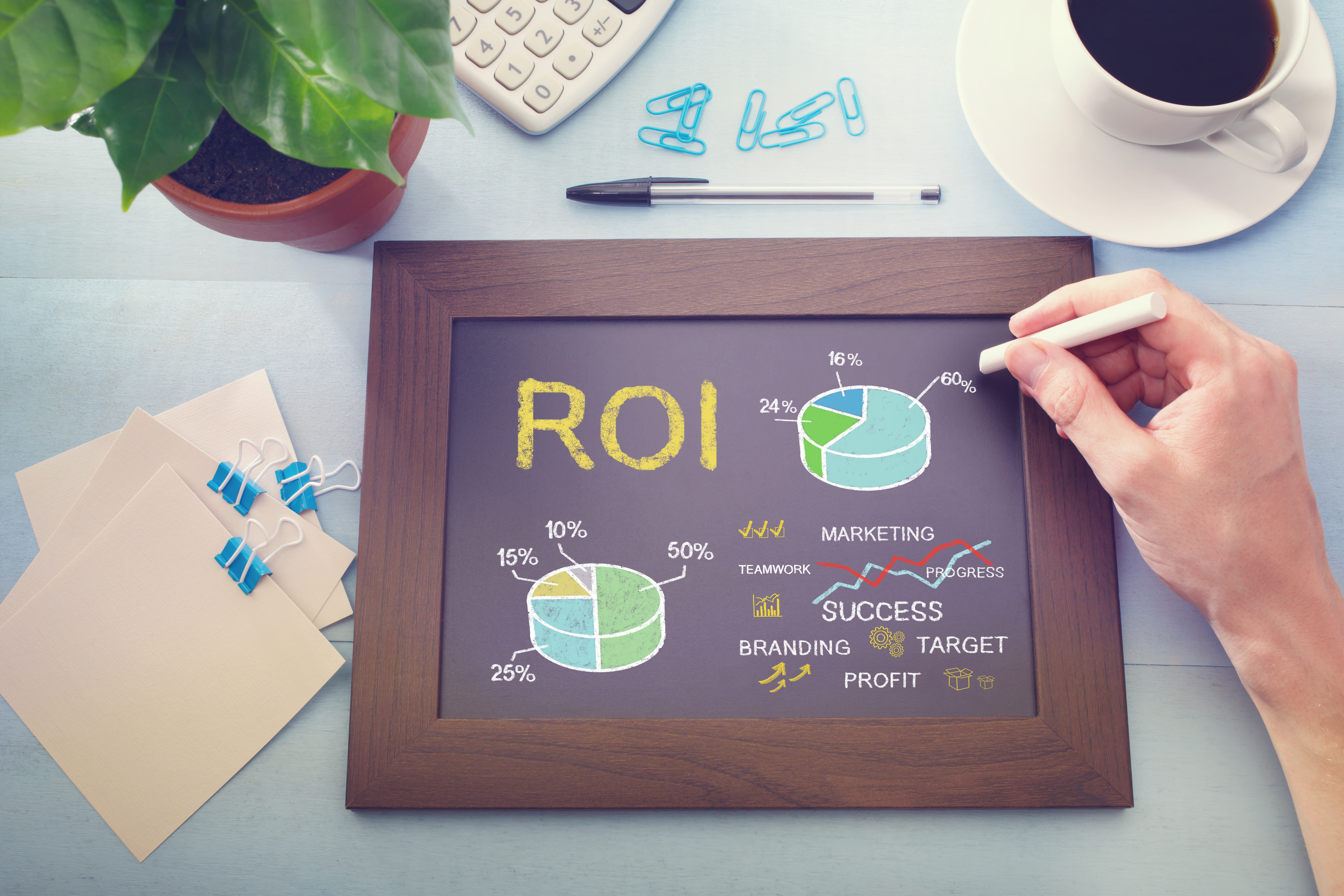
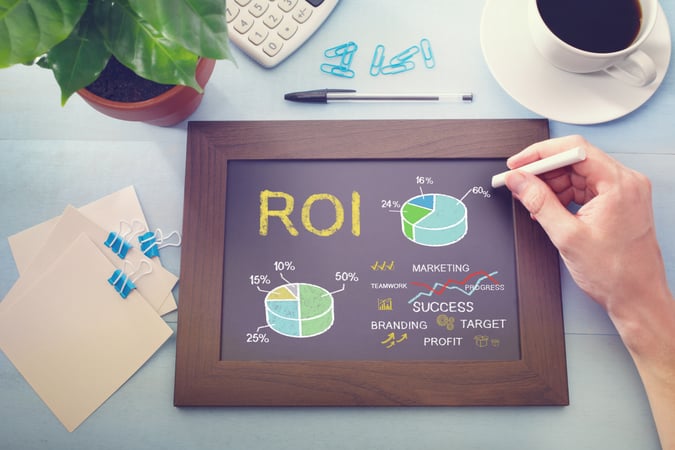
In the B2C e-commerce world, return on investment (ROI) calculation is straightforward: find out how your visitors arrive on your website and from where, then track them through the website to a purchase - simples!
But in the B2B world, life gets more complicated.
If your customers can’t buy a standard product from your business and you have a sales team that have to do the selling to your customers, the lines are almost always blurred!
When I talk to sales and marketing directors about the performance of their businesses, very few of them are actually in a position to be able to describe the conversion ratios involved in every level of their sales funnel.
In B2B, most sales directors can identify the basics, and by this I mean the ratios of:
- opportunities needed to make a sale,
- sales qualified leads to opportunities,
- marketing qualified leads to sales qualified leads.
In the majority of cases, this is all that has been considered - on the basis that everything before this is marketing and marketing’s performance is separate from that of sales… or is it?
My argument is that today, for any SME or startup to gain maximum marketing ROI, you must be running the whole of your sales and marketing activities as one combined entity. One end-to-end ‘sales funnel’ which provides you with the ability to drive leads into the top of the funnel and for sales leads to be actively nurtured through several levels of engagement, and then delivered to the sales team once they show the characteristic signs of being ready to talk to someone.
In today’s digital marketplace, your website needs to be seen as the top of the sales funnel. Anyone who the business engages with needs to journey through it - then you can use your marketing automation tools to lead nurture and manage those leads through to fruition.
Why? Because, as I have stated before, your website meets your prospects before you do. In the inbound marketing world, all roads lead to the website and therefore, you need to consider the full sales funnel to start there.
If you accept this, then it is a practical proposition for you to determine the number of website visitors and pageviews that you have and, on that basis (if you understand the conversion ratios of the whole funnel) you can predict the number of sales that this will introduce.
You may have the pleasant situation where leads are initiated outside of this funnel, but in my experience, even when leads are generated from an individual direct contact associated with a salesman or stakeholder within the business, they still end up being tracked back through the website and are almost invariably identifiable through the use of marketing automation tools that we have highlighted in this blog series.
So for example, the referral that comes from a client talking to one of their friends and saying what a great job you as a company are doing, always ends up with someone from that organisation visiting your website to check you out as an organisation. Therefore, all leads and enquires will in some way impact upon the website and are therefore traceable through your sales funnel. The level of sophistication that you employ with your tracking of first touch or last touch through the website, will determine the level to which you can determine the return on investment overall and whether you are able to break these down into different areas of activity within your marketing, and assist greatly in measuring marketing ROI.
Here are three diagrams:
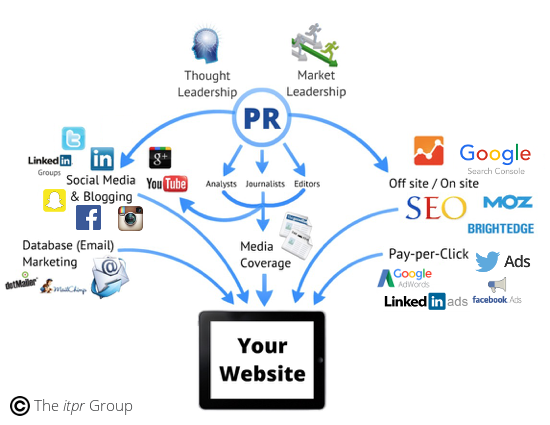
(Diagram 1: The multiple ways in which you can drive interest parties to your website)
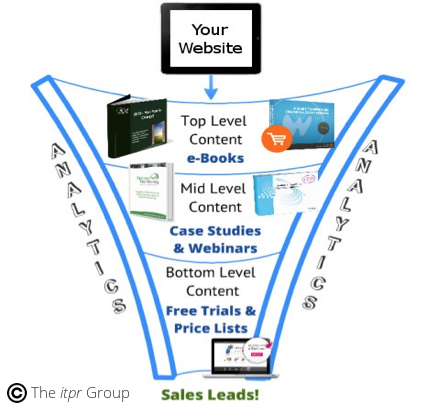
(Diagram 2: How you can use content marketing to bring more and more people into contact with the business)
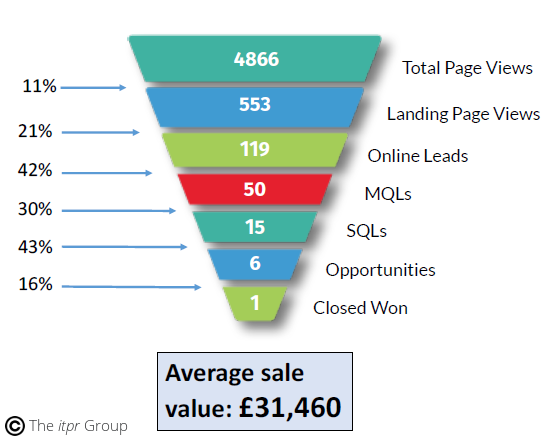
(Diagram 3: Measuring Marketing ROI: How do I measure my marketing ROI?)
The top diagram highlights the multiplicity of ways that we can drive interested parties to your website - and we’ve dealt with these in this blog series. The second illustrates how marketing content will bring more and more people into contact with the business and therefore, hopefully, down into the sales funnel.
Third and finally, I offer an example of a return on investment calculator, which you should strive to achieve with your marketing automation software, and these are all calculations with which we have helped a wide variety of clients to achieve, using HubSpot’s inbound methodology and marketing automation tools.
The percentages shown between each stage are averages across a wide range of different industries. They may not be precisely correct for your business, but they’re an indicator of what others have - and do - achieve. Do you have the information to create yours? How do you compare?
Tip #45: Use your website as the hub of your lead generation activity, drive your prospects there to engage with you and use marketing automation to measure and manage their progress.
If you'd like to receive the latest 'All that PR & Marketing Bollox...Explained!' blogs straight to your inbox every week, you can subscribe below:




Submit a Comment